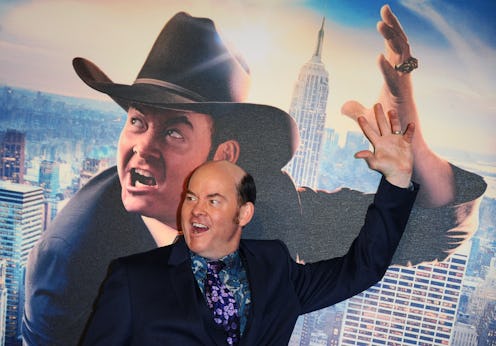Entertainment
Looking At the Overhype Of 'Anchorman 2'
No one can say that the much-awaited sequel to Anchorman was not thoroughly marketed. In fact, some would say they marketed the shit out of it, to use the most technical term at my disposal. What happened next — how Anchorman 2 was actually received once it came out — is what's interesting, and it's a pretty telling tale of both the benefits and pitfalls of overhype.
The LA Times wondered about all of this recently, and The Huffington Post followed suit recently as well. From the latter:
[David Deal, marketing consultant] says marketers can extract two lessons:
Don't wear out your audience. The marketing campaign for the Anchorman movie ended up competing with the movie itself, Deal says.
Product, product, product. All the marketing in the world can't save or sell a bad product. But in this case the movie itself was good enough that people started telling friends about it, and so it built up over time.
Overhype's something we've seen more than just with our much-anticipated sequels: We saw it with the marketing bombardment that followed HBO's Girls around when it was premiering back in 2012, and we see bits of it every few months through the ways in which the public talks about Jennifer Lawrence.
Ultimately, all of these ventures (and here we're not talking Lawrence the person, who is separate and with her own agency, we're talking Lawrence the Hollywood entity) remain successful: Anchorman 2 still made major bank even if the box office opened slowly, and both Girls and Lawrence have multiple Golden Globes.
What overhype effects, overall, is whether or not the entity we're talking about trips over itself along the way. And I'm not talking Lawrence's Oscar fall — that remains adorable — I'm talking a slow box office start, or hordes of angry tweeters responding to that aforementioned Golden Globe win, or thinkpieces about literally every known aspect of Girls and its leading lady.
Overhype often says a lot more about the marketing than it does the marketed, and far more about the audience than it does the observed. As Deal noted, it's about wearing out your audience. But as our three examples prove, the product or the people will keep you coming back when they're worthwhile.
